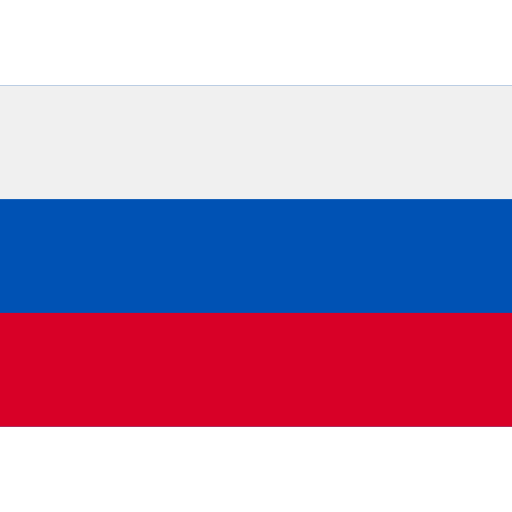What is Acrylic Coating?
Acrylic coating is a type of coating made from acrylic polymers, providing both aesthetic and protective layers for various surfaces. Widely used in both indoor and outdoor applications, acrylic coatings offer superior properties such as durability, flexibility, and UV resistance.
Definition and Features of Acrylic Coating
Acrylic coating is a coating material based on acrylic resin. Acrylic resin is a thermoplastic polymer that offers high durability, gloss, and color stability. Acrylic coating is applied using water-based or solvent-based formulations of acrylic polymers. These polymers are obtained through the polymerization of monomers and exhibit strong adhesion properties on various surfaces. Acrylic coatings can be transparent or opaque and are generally available in different colors and gloss levels.
The main features of acrylic coatings include:
- Durability: Acrylic coatings provide high resistance to environmental effects, chemicals, and physical wear, making them a long-lasting coating option.
- Flexibility: Due to their flexible structure, acrylic coatings resist cracking and peeling, which is especially important for outdoor applications.
- UV Resistance: Acrylic coatings offer excellent resistance to UV rays, protecting surfaces from fading or degradation.
- Gloss: Acrylic coatings provide an aesthetic look with a high gloss finish. Their mirror-like shine can make spaces appear more spacious and bright.
- Color Stability: Acrylic coatings are resistant to color fading and yellowing, maintaining vibrant colors even after long-term use.
- Easy to Clean: Acrylic coatings create a smooth, non-porous surface that repels dirt and stains, allowing for easy cleaning and maintaining a hygienic environment.
- Fast Drying: Acrylic coatings dry quickly, speeding up the application process and reducing labor costs.
- Aesthetic Appeal: Acrylic coatings offer a smooth and glossy finish, making them ideal for decorative purposes with a variety of color options.
Application Process of Acrylic Coating
The application of acrylic coating requires professional handling. The surface must be clean, dry, and smooth. Acrylic coating can be applied by spraying, rolling, or brushing. After application, sufficient time must be allowed for the coating to dry completely.
The general steps for applying acrylic coating include:
- Surface Preparation: The surface to be coated must be clean, dry, and smooth. Dust, dirt, oil, or old paint residues should be removed, and the surface may be sanded to ensure smoothness.
- Primer Application: A primer layer is often applied to improve adhesion and enhance the durability of the coating. The primer reduces surface absorbency.
- Coating Application: Acrylic coating can be applied using a brush, roller, or spray. A thin, even layer should be achieved. If necessary, multiple coats can be applied, ensuring sufficient drying time between layers.
- Drying and Curing: Acrylic coatings usually dry through air exposure. The full drying and curing time depends on the coating thickness and environmental conditions.

Advantages of Acrylic Coating
Acrylic coatings offer several advantages, including:
- Eco-Friendly: Water-based acrylic coatings are environmentally friendly due to their low VOC (volatile organic compound) content and are safe for human health.
- Easy Application: Acrylic coatings are easy to apply and dry quickly, saving time, especially in large projects.
- High Performance: Acrylic coatings are durable and long-lasting, offering resistance to chemicals, wear, and environmental effects.
- Aesthetic Variety: With a wide range of color and gloss options, acrylic coatings are ideal for decorative projects.
Applications of Acrylic Coating
Acrylic coatings are widely used across various surfaces and industries, including:
- Building Facades: Used on exterior facades, acrylic coatings protect buildings from environmental effects while providing an aesthetic look.
- Furniture and Wooden Surfaces: Acrylic coatings enhance durability and aesthetics on wooden surfaces, such as furniture.
- Metal Surfaces: On metal surfaces, acrylic coatings protect against corrosion and extend the lifespan of the material.
- Floor Coatings: Acrylic coatings are used on floors to provide durability and anti-slip properties, creating a safe surface.
- Walls: Acrylic coatings can be used on interior walls to achieve a decorative appearance, with various color and pattern options to add a personal touch to spaces.
- Art and Crafts: Acrylic coatings protect and add gloss to materials used in art and craft projects.
Maintenance of Acrylic Coating
Maintaining acrylic coatings is simple. Coated surfaces should be regularly cleaned and maintained. Surfaces can be cleaned with mild detergent and water, avoiding abrasive cleaning products. For outdoor applications, periodic renewal can help maintain durability.
Acrylic coating offers numerous advantages, including durability, flexibility, UV resistance, and aesthetic variety. With extensive applications for both indoor and outdoor projects, acrylic coatings provide tailored solutions for various needs. Their easy application and maintenance make them an ideal choice for both commercial and individual projects. Acrylic coatings add value to spaces with their aesthetic appearance and long-lasting performance.
If you wish to have an acrylic coating or acrylic flooring project with Avind, you can fill out the free quote forms on our website or contact us at +90 (212) 678 13 13 for detailed information.
Avind News





























